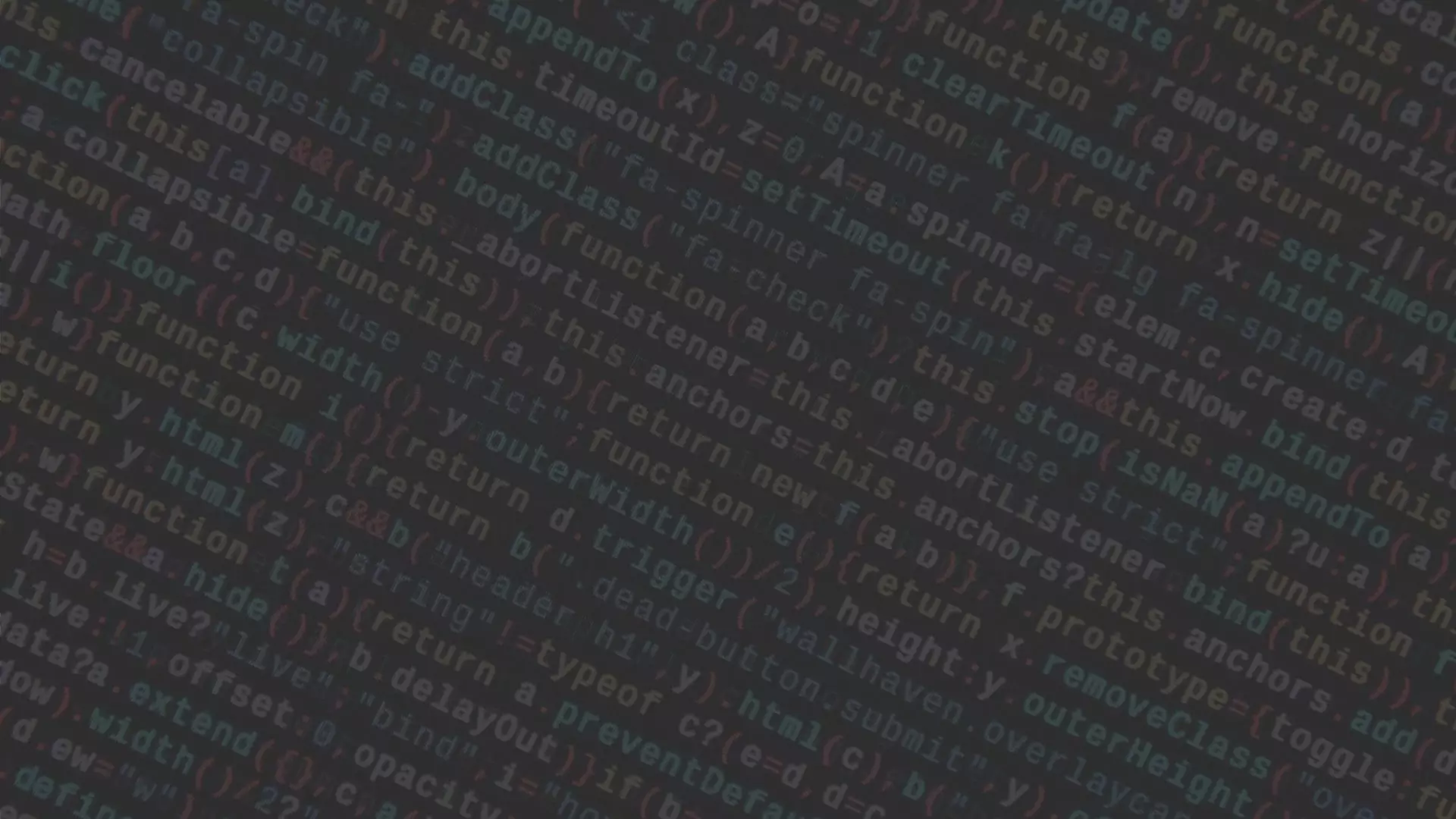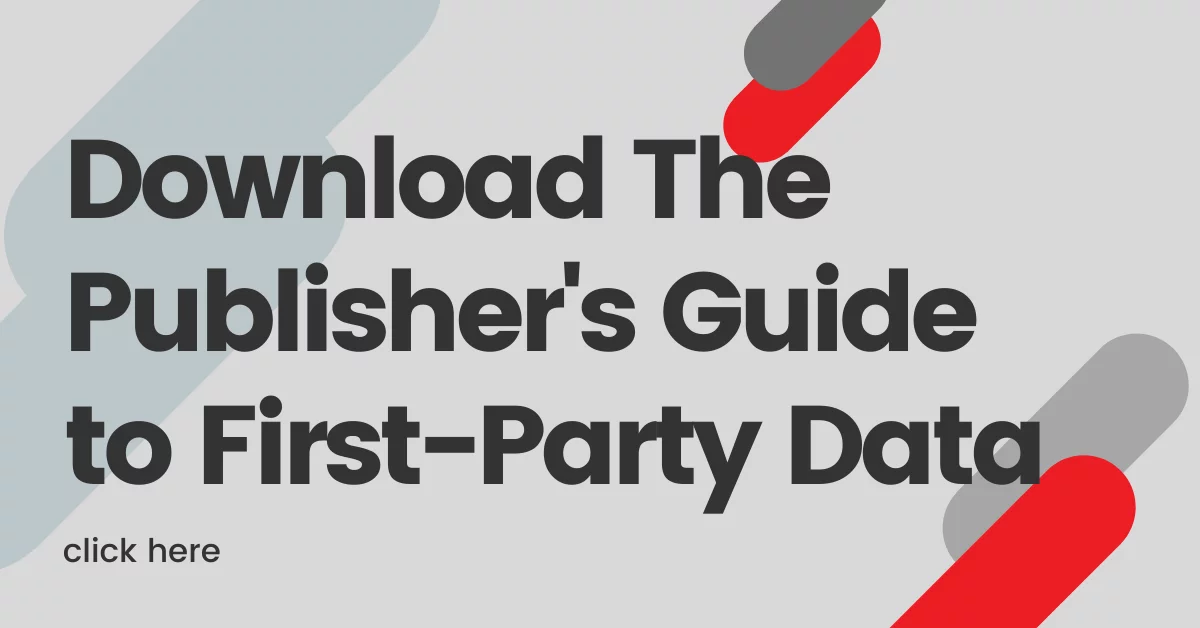This cannot be overstated: the shift from a third-party to a first-party ecosystem will be challenging but it also presents the first opportunity in 20 years for publishers to reclaim their power among ad tech and social media giants. Media companies that move into 2022 focused almost entirely on producing superior content will attract genuinely engaged users, and win.
And, how refreshing! Death of the third-party cookie is giving publishers the freedom to shift their attention towards a first-party ecosystem rooted in audience engagement for the first time since digital marketing and programmatic media forced their hand.
The “clickbait” era pushed publishers and media companies to diverge from content-first strategies with misaligned incentives that benefitted nobody in the ecosystem. Publishers have focused on quantity over quality at the expense of user experience and the perceived value of their content. The quality of audiences reached by advertisers plummeted, and users lost trust in media titles they used to have delivered to their doorstep. Publishers have been stuck in a negative feedback loop since 1996 and have a chance to rethink everything in 2022.
The shift to an advertising paradigm based on real identity, not cobbled-together proxies from a bunch of third-party cookies, is the future of advertising and a real opportunity for publishers. Audience engagement is a critical driver of conversion and first-party user data, and the lowest-hanging fruit for media organizations to implement in preparation for 2022. Automated technology makes audience engagement significantly more cost-effective and viable for publishers to collect first-party data than it ever was in an analog world.
Here are five profits that publishers stand to gain with a first-party strategy:
The Power To Collect Fully Consented Data
First-party data is fully consented data. It’s authenticated by users who create “logged in” profiles so they can comment on articles or register their user preferences to receive more personalized notifications from a publisher. In a first-party system, publishers are transparent with how and why they are collecting first-party data, and users opt-in with full consent. Fully consented data is high-quality data, a huge improvement for publishers seeking incremental revenue from ad placement.
The Opportunity To Build A "Known" Audience
Converting users from “unknown” to “known” will be a crucial focus for publishers seeking to bridge their first-party data with the advertising ecosystem. When users feel motivated to opt-in by an attractive value exchange and become “known” to a publisher, they willfully supply first-party data that publishers can use to identify their audience segments and serve personalized ads, and experiences.
The Ability To Drive Community Engagement
Two benefits of building an active community are subscribers and ad revenue. Publishers that implement community engagement tools will dig deep into their core audience’s behaviour and interest through user engagement, behaviour, and preference data. Publishers can then plug that raw data into their paywall, business intelligence, CRM and data management platforms.
The Benefits Of Better Content Performance
First-party offers publishers a considerable opportunity to grow their content performance with personalized recommendations (push notifications) informed by data collected from logged-in users. Personalization gives users what they want (and ask for) and leads to higher engagement while respecting opt-outs. Investing in personalization tools will pay off with serious rewards.
First-Party Data Ownership
First-party data ownership will save many publishers’ faltering ad businesses by giving them exclusive possession of their audience information. Ownership will become increasingly important when publishers pitch advertisers their first-party data sets and soon become the pillar of programmatic advertising sales. The sooner that publishers begin developing their first-party data sets, the better (and more significant) their programmatic ad sales outcomes will be.
The Bottom Line:
When one door closes, another one opens. Death of the third party cookie is giving publishers the freedom to shift their attention away from the third-party programmatic ad model towards a first-party ecosystem rooted in audience engagement for the first time in over 20 years. The media business is returning to a golden era of great content and growing audiences.

